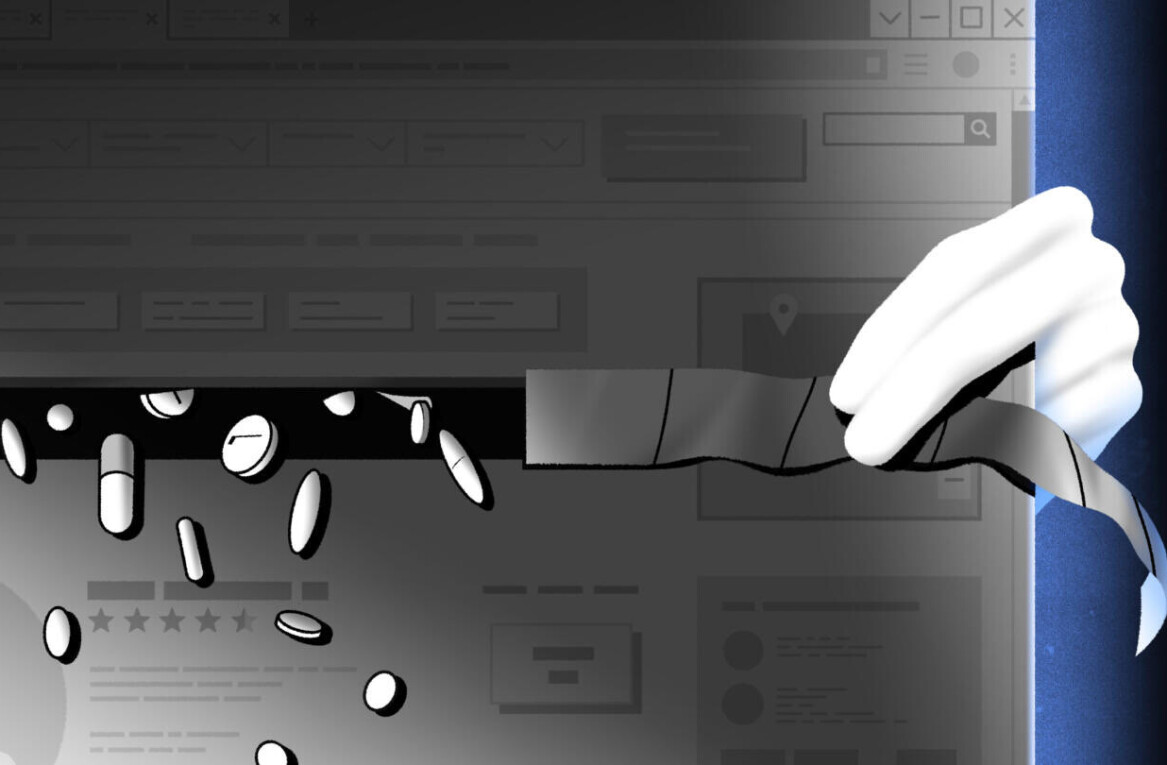
 F-commerce, is “the ability to execute transactions in Facebook without leaving the network or leveraging the open graph by integrating Facebook into traditional site-based e-commerce platforms,” according to Brian Solis from Fast Company. As social media plays an increasingly more important part in purchasing decisions, brands are allocating larger parts of their marketing budgets to engage with their consumers on platforms like Facebook and Twitter. In 2011, 90% of companies surveyed will increase funding for social commerce initiatives by 8%. Facebook, especially this past year, played an integral part of marketing for many brands, with the “Like” button’s implementation across many sites, working as a feedback mechanism. 25% of customers between 18-34 years old stated they use Facebook to interact with merchants, as asked by ATG. So now that the waters have been tested, here are 6 tips to follow when using Facebook as a selling point:
F-commerce, is “the ability to execute transactions in Facebook without leaving the network or leveraging the open graph by integrating Facebook into traditional site-based e-commerce platforms,” according to Brian Solis from Fast Company. As social media plays an increasingly more important part in purchasing decisions, brands are allocating larger parts of their marketing budgets to engage with their consumers on platforms like Facebook and Twitter. In 2011, 90% of companies surveyed will increase funding for social commerce initiatives by 8%. Facebook, especially this past year, played an integral part of marketing for many brands, with the “Like” button’s implementation across many sites, working as a feedback mechanism. 25% of customers between 18-34 years old stated they use Facebook to interact with merchants, as asked by ATG. So now that the waters have been tested, here are 6 tips to follow when using Facebook as a selling point:
- Do: Give your fans special treatment. If you are making an F-store for your fans, emphasize how much you value this relationship by throwing in something exclusive, just for them. This could be a special sale (like the exclusive 15% Nine West offered its fans in February ) or specialty items ( like the designed to sell only on Facebook ring by Rachel Roy).
- Don’t: Neglect your looks. In the words of Mike The Situation: “G.T.L. baby!”, “When you look good, you feel good. And when you feel good, you creep good”. Well in your case, sell. Pampers Web Store is a prime example, with a beautiful design that lacks nothing compared to a traditional e-shop.
- Do: Make a pop-up store. Facebook can be a great platform for pop-up stores and flash sales. Disney used the Toy story Facebook page to sell cinema tickets for Toy Story 3 and Procter & Gamble took full advantage of the Old Spice buzz by setting up an impromptu store, selling Old Spice branded t-shirts and accessories. Procter & Gamble added a “shop now” tab on Pantene’s Facebook page so that fans could buy the latest Pantene products before they were introduced in stores.
- Don’t: Rely on just an F-store. A Facebook store front solution is just a tiny part of the customer experience. Social commerce is much more than this; it’s customer service through Twitter, Facebook or niche communities; it’s in-store interaction through tablets; it’s reviews; it’s mobile apps; it’s scanning barcodes or QR-codes to provide more info, coupons, and discount and deals in the spirit of Groupon. It’s everything that can enrich the end-to end customer experience with social features. For instance, Macy’s Magic Fitting Room, featuring a large-scale mirror with multi-touch technology, enabled customers to browse, shop and “try-on” the latest must-have items virtually and share their favorite looks with their friends on Facebook.
- Do: Provide a holistic experience. At Avon’s teen cosmetics brand Mark Facebook page you can go through the whole shopping experience from add to cart to check-out, register, or sign-in without leaving the Facebook page, whereas on Nine West’s page if you move to check-out, it automatically opens a new tab to finish your purchase through the e-shop creating a somewhat fragmented shopping experience. What both Mark and Nine West lack though is a “Connect to Facebook button” on their e-shops. F-commerce doesn’t happen on Facebook alone, it can happen on-site too and a great example of this is the Levi’s e-shop, where by connecting on Facebook you can see your friends likes on Levi’s. Another great example of adding the social element to commerce is the one of Delta, that although it doesn’t provide a connect to Facebook button on delta.com, it enables travelers to incorporate personal connections into their travel planning by booking their trip on their Facbook page. Having two e-shops, one traditional and one on a social media site won’t revolutionize the way you sell; what adds value is making the most of what social media makes visible to you: a web of relationships and social influence. It’s not necessary to offer the same services on every point, but it is essential to engage with your customers with the same spirit to provide them with a holistic shopping experience.
- Don’t: Neglect customer service. Just because the shop is on Facebook does not mean people lower their expectation when it comes to the service they get. They still want to see the details of the product, great quality images, your contact info and get answers ASAP when they post questions on your wall. Nothing more social than a helping hand!
What highs and lows have you witnessed on Facebook commerce?
Get the TNW newsletter
Get the most important tech news in your inbox each week.




